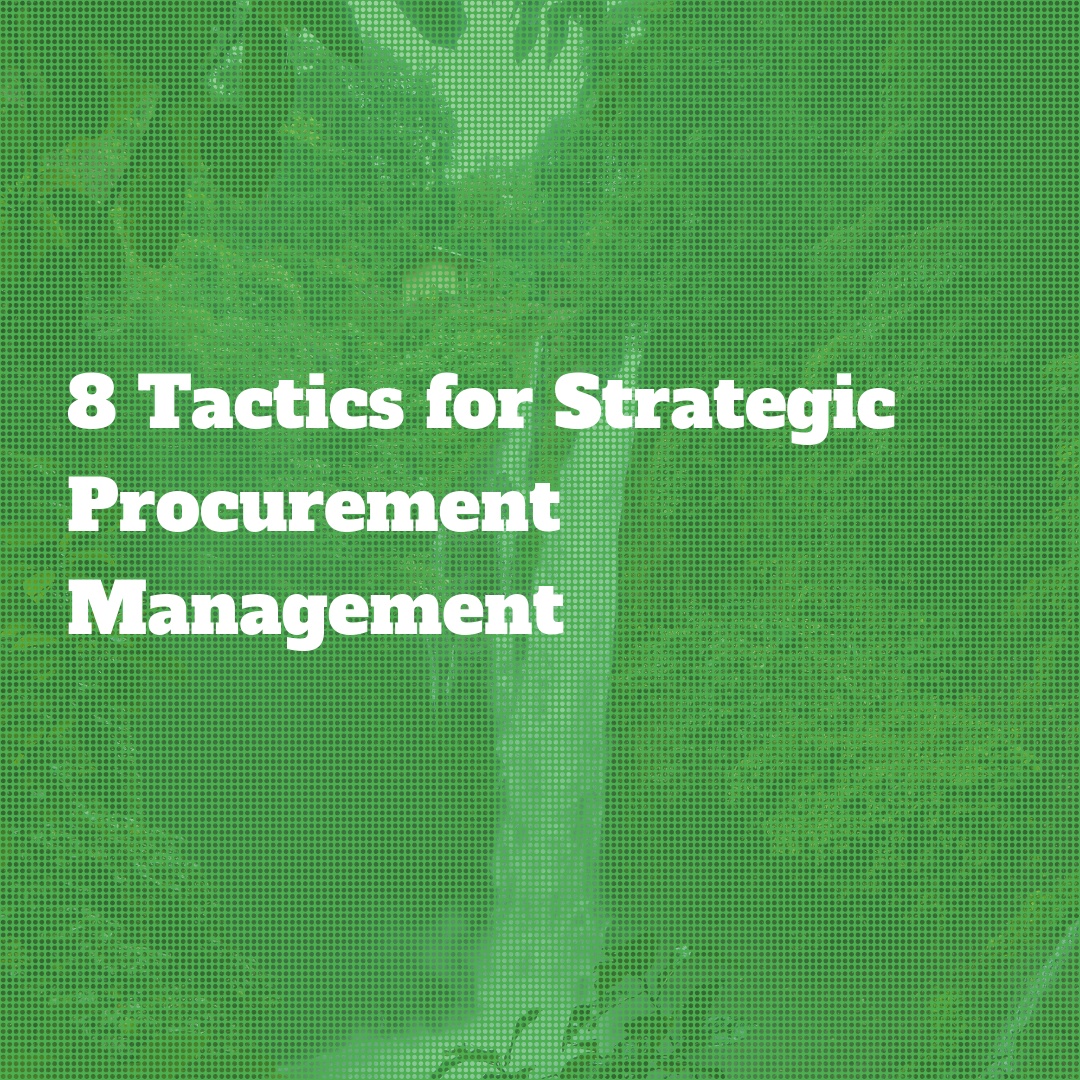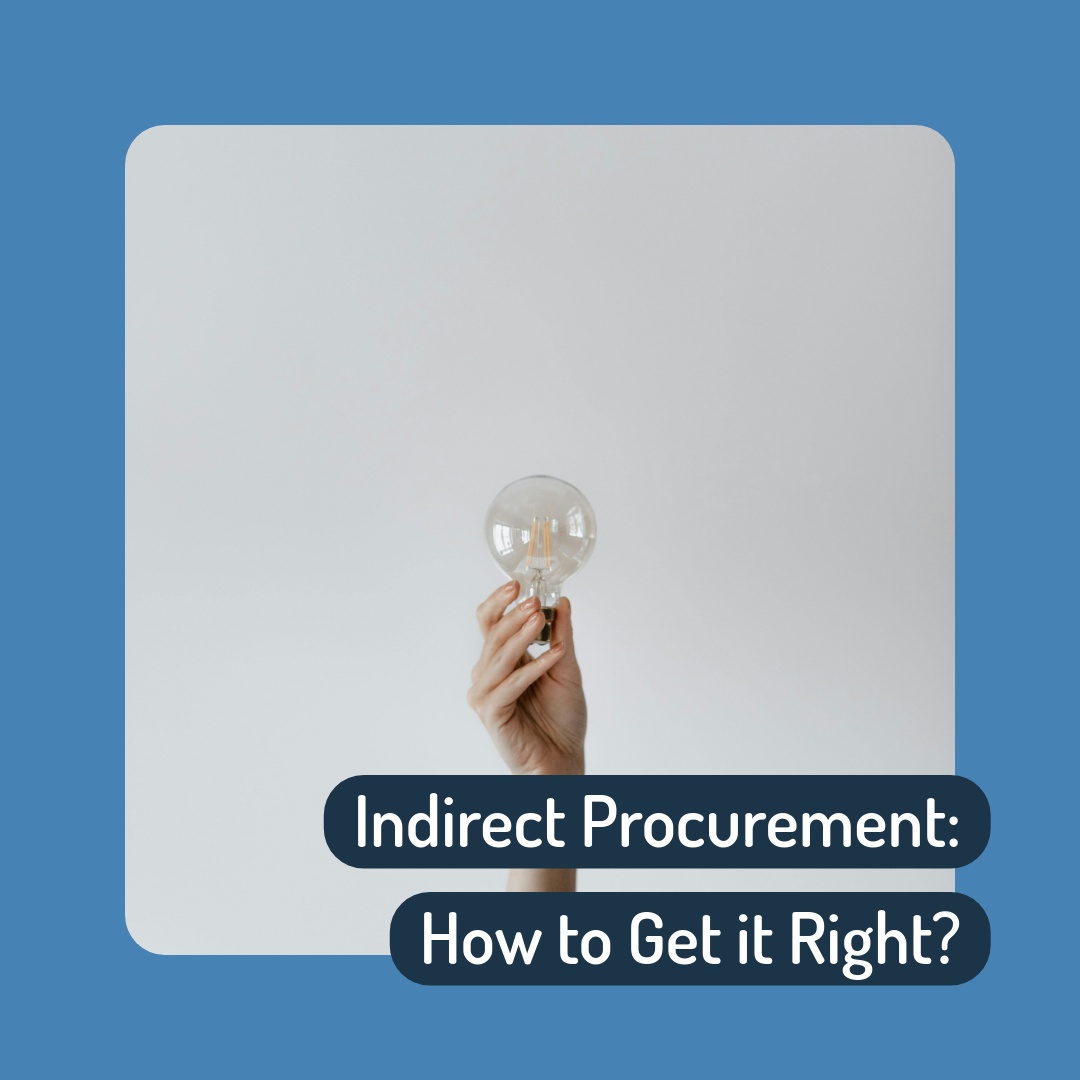8 Tips for Strategic Procurement Management!

Strategic procurement management refers to the utilization of business solutions correctly to acquire the right services and goods without compromising organizational success.
While there is no defined set of rules for strategic procurement management, some tactics can be used as a surefire way to make the most out of your purchasing processes.
Here are 8 tactics that you can use to make strategic procurement management easier and much more effective!
You Might Also Like: Cost Effective vs Cost Efficient: How to Practically Build Cost Savings in Procurement
Tip 1: Focus on the right target!

When building or executing a procurement strategy, keeping your focus on the right target can be instrumental.
Since the main concern most businesses have during the procurement process is money, their key target is to focus on cost reduction.
However, quality must also never be compromised. A low-quality product is useless no matter how good of a deal you’re getting.
Thus, the right approach is to focus on finding good sources and suppliers that do not weigh heavy on the budget.
Check Out: FROM TACTICAL TO STRATEGIC PROCUREMENT TRAINING
Tip 2: Choose the right supplier for the long run:
Suppliers are one of the key players involved in an effective strategic procurement process.
A good company-supplier relationship can be crucial in making or breaking your strategy and business growth in the long term.
Suppliers who can foresee healthy long-term partnerships will be focused on wanting to see you grow too. This will manifest as trust, collaborations, and improved product and service quality.
Furthermore, good partnerships can also be highly cost-effective in the long run.
Tip 3: Do not compromise on risk management
Risks are involved throughout every step of the procurement process. From vendor discovery to final purchasing, a single error can be detrimental.
Thus, procurement risk management involves streamlining vendor management, optimizing your contracts, and statistically predicting spending and utilization patterns. Ensuring the worthiness of the services and products you are procuring is also critical, and lastly, conducting regular audits.
Identifying the risks and their sources, and prioritizing them for handling based on resources available can add the cherry on top to a well-made strategy.
Tip 4: Implement technology and automation
Technology encompasses every aspect of today’s world and that includes strategic procurement management as well.
With the right digital solutions, you can streamline your processes and improve accuracy. Add to it automation solutions, and that will ensure time-saving as well.
With software responsible for all the automated solutions, you can sit back and focus on the tasks that demand the most attention. These can include market research, building improved relationships with suppliers, and focusing on business needs.
Check Out: Big Data Analytics for Supply Chain & Procurement Training!
Tip 5: Set the right KPIs
KPIs or Key Performance Indicators are critical for tracking progress and its direction. For strategic procurement management, KPIs can be used to quantify growth and identify what more needs to be done.
Choosing the right KPIs is an intensive but highly rewarding task. For best results, identify your KPIs before setting out to execute your procurement strategy.
Varying goals demand varying KPIs. Some commonly utilized KPIs include procurement ROI, cost avoidance, supplier defect rate, and inventory turnover ratio.
Tip 6: Make sure everything is tied together
Different services and goods require different approaches to tackle them. However, focusing too much on each one individually can lead to a directionless strategy with a bad execution.
If your company is innovation-oriented, prioritize sourcing from suppliers well-known for their innovation practices.
The same goes for other business goals. This can ensure that all aspects of the procurement strategy are tied together in a way that each approach complements the total business growth direction.
Tip 7: Focus on continuous improvement to seal the deal
The procurement process is not a single-step task. It demands rigorous effort and changing strategies based on external circumstances.
Therefore, like all other aspects of business processes, strategic procurement management also calls for continuous attention to fluctuations in the internal and external business environment and needs.
This can be done by keeping in touch with trends and best practices. Since the people directly involved with the business are suppliers, feedback from them can go a long way.
Tip 8: Foster communication and be open-minded
With the formulation of a strategy and its regular improvement, disagreements are bound to occur among the stakeholders.
New policies, processes, and models impact everyone, and this makes communication the only route to a harmonious process execution.
Communicate the opportunities and explain the accompanying risks with sincerity. Closely monitor your communication practices and be open-minded to feedback of all sorts.
Going From Tactical to Strategic Procurement
Strategic procurement management is critical to the acquisition of the right goods at the right costs and in the right quality.
Only a business focused on building the right procurement strategies, tailored to them specifically, can build success.
This demands staying up-to-date on the latest methods and techniques with training and workshops.
Join our training session on developing excellence in strategic supply management and procurement to learn how to implement the latest tactics in your strategies too. Enrol Now!
Frequently Asked Questions (FAQs)
Q. How does strategic procurement add value to an organization?
A: By focusing on total value and avoiding problems rather than addressing them only after they’re in your face, strategic procurement acts as a safety net for a business.
Q. What does it mean to transition from a tactical to a strategic procurement approach?
A: Transitioning from tactical to strategic procurement means developing a complete procurement strategy, investing in the right training and technology, and aligning short-term goals with long-term ones.
Q. How can an organization develop a robust strategic procurement plan?
A: Conducting a thorough spend analysis, assessing market conditions, defining key targets with clarity, and addressing the gaps are the basics of creating a robust strategic procurement plan.


